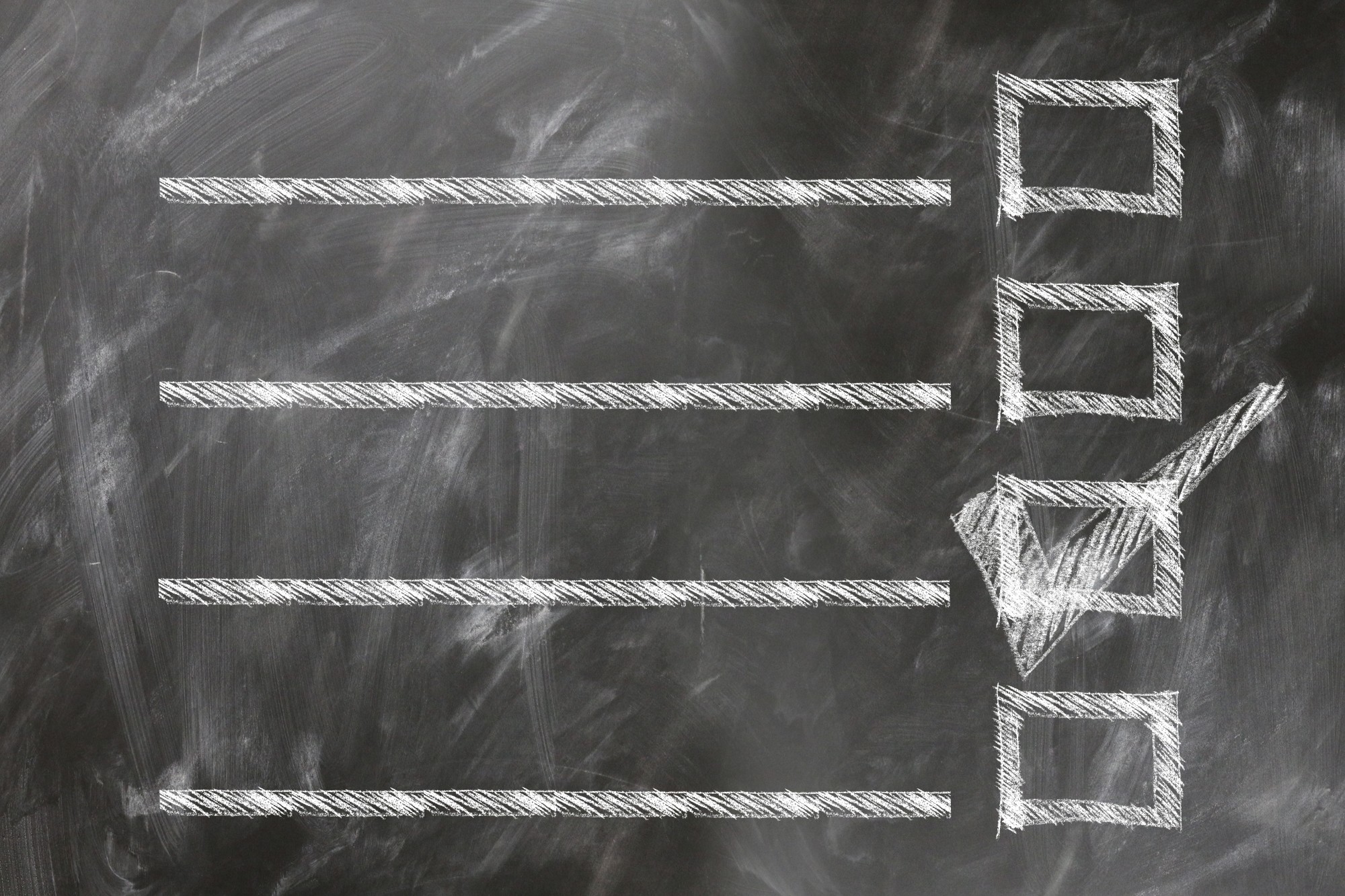
DIY Home Inspection Checklist: 5 Things to Check Before Making an Offer
Buying a home is one of the biggest purchases you’ll ever make in your life, so you want to do it right.
One of the most important parts of buying a home is the inspection. We’ve put together this DIY home inspection checklist to show you what to keep an eye out for when you visit a home.
So let’s get started!
1. The Walls and Ceilings
Two of the first things you should inspect when walking into a home are the walls and ceilings. While this might not be your first thought, these two things can tell you a lot about the condition of the house.
Are there any cracks, lumps, or uneven areas on the walls or ceiling? This could be a warning sign of foundation trouble, which can be a serious and expensive problem.
If you don’t see anything out of place with the walls or ceiling, check the windows and doors next. Make sure they open and close without sticking. Doors and windows that don’t open and close how they might also indicate issues with the foundation.
Of course, don’t panic if you come across a window that sticks. That might be all it is: a faulty window.
You should also check the walls for any signs of pests, such as termites or bigger rodents like mice. The last thing you want to do is move into a home that’s already occupied by bugs or animals.
If you do see signs of pests, that doesn’t mean you have to give up on the house. Talk to the seller about exterminations and termite barrier options instead. They may take care of the problem for you.
2. Plumbing
You might not be able to see the pipes themselves, but spend some time making sure the plumbing works.
Start with all the sinks in the bathrooms, kitchen, garage, etc. Do they have proper fixtures? Do they have good water pressure? Does the drain work?
Then move on to the bathtubs and showers, toilets, and other water-related appliances. You should also check out the basement to ensure it isn’t damp or full of leaks.
Don’t forget to check the house for water stains, warped walls or floors, or mold. These things are all signs of plumbing issues.
And remember, even small leaks can spread throughout the house. Just because there aren’t any sinks in a bedroom doesn’t mean the water won’t get there.
Because of this, you should check every room for any type of water damage.
3. Electrical Work
If you can, get a glimpse of the electrical wiring behind the walls. You may not be able to do this, but ask the seller if there is a crawlspace where you can access them.
Wires that are knotted together, are missing nuts, and have open junction boxes can become serious hazards.
If you aren’t able to see the wiring itself, you can still make sure the electricity is working throughout the entire house. Test the lights in every room, and if you can, make sure all the outlets work.
Do the lights flash or flicker? This might not be cause for concern—the problem may be with the light fixture rather than the electricity, but it is something to keep an eye out for.
4. Appliances
Buying a house that doesn’t have working appliances can put you in a massive money pit. Appliances are expensive, so you should make sure everything in the home is in good condition.
Here’s a quick list of appliances you should inspect:
- Washer
- Dryer
- Dishwasher
- Fridge
- Garbage disposal
- Stove/oven
- Microwave
- Tub/shower
- Toilets
- HVAC system
- Water heater
Start by checking the outside of these appliances. Are there any cracks? Paint chips? Any other visible damage?
If the appearance doesn’t look good, the appliances might not work properly. Even if they do look how they should, give each one a test run.
Does the HVAC unit turn and produce both cold and hot air? Is the fridge cold? Do the washer and dyer perform well for an entire cycle?
You should also take a look at the cabinets, drawers, and counters in the kitchen. While these aren’t technically appliances, you’ll be spending a lot of time in your kitchen, and you’ll need it to be functional.
Do the cabinet doors open and shut all the way? Do they bang or hit each other? Do the drawers open smoothly?
What type of countertop does the kitchen have? Does it can any dents, dings, or damages?
If you don’t know the type of countertop material, make sure you ask. Otherwise, you might not maintain it properly.
5. Outside Features
Don’t get so involved in the indoor inspection that you forget about the outside. There are several outdoor features you’ll want to check as well.
If the property has a fence, make sure it doesn’t have any holes or wobbly planks. You should also take a look at the sprinkler system and let it run for a few minutes. Test any outdoor lights to ensure they work.
Does the garage door open? Is the siding of the home in good condition? Does the roof look like it’s seen better days?
You should also keep an eye out for old or dead trees. These can be dangerous, especially if the home is located in an area that gets a lot of heavy winds or storms.
Your Complete DIY Home Inspection Checklist
The inspection process is an important part of buying a home. Before you visit any homes, make sure you keep this DIY home inspection checklist in mind. It might even be helpful to write it down on a piece of paper so you don’t forget anything.
Want some other helpful home shopping tips? Make sure you take a look at the rest of our blog!
